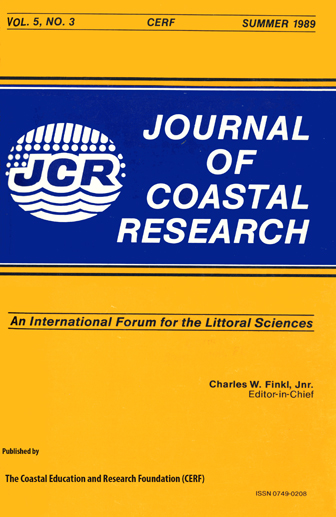Trophic Relationship in the Surf Zone During the Summer at Folly Beach, South Carolina
Keywords:
Beach survey, feeding patterns, food web, juvenile fishes, relative abundance, resource partitioning, taxonomic composition, tidal and diel effects, trophic relationships, surf zoneAbstract
Trophic relationships were examined in the surf zone at a beach site in South Carolina during the summer of 1980. Analysis of stomach contents was conducted on the seven most abundant fish species and two most abundant crab species. The fishes, Anchoa mitchilli, Anchoa hepsetus, and Menidia menidia, were primarily planktivorous, whereas Menticirrhus littoralis, Trachinotus carolinus, and Arius felis preyed on benthic fauna. Mugil curema consumed primarily sand, containing diatoms and detritus. The crabs, Arenaeus cribrarius and Callinectes sapidus, preyed on benthic organisms. Benthic prey, particularly the mole crab, Emerita talpoida, contributed most of the biomass to the higher trophic levels, although other invertebrates and plankton were also important prey items. Comparisons with other studies revealed that this food web was a fairly typical of high energy beaches in the southeastern United States.


